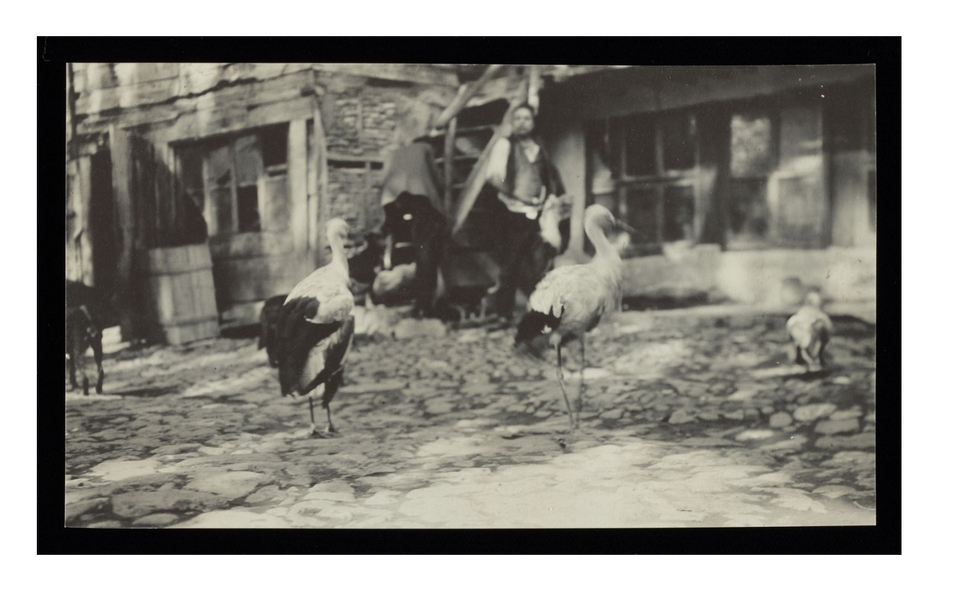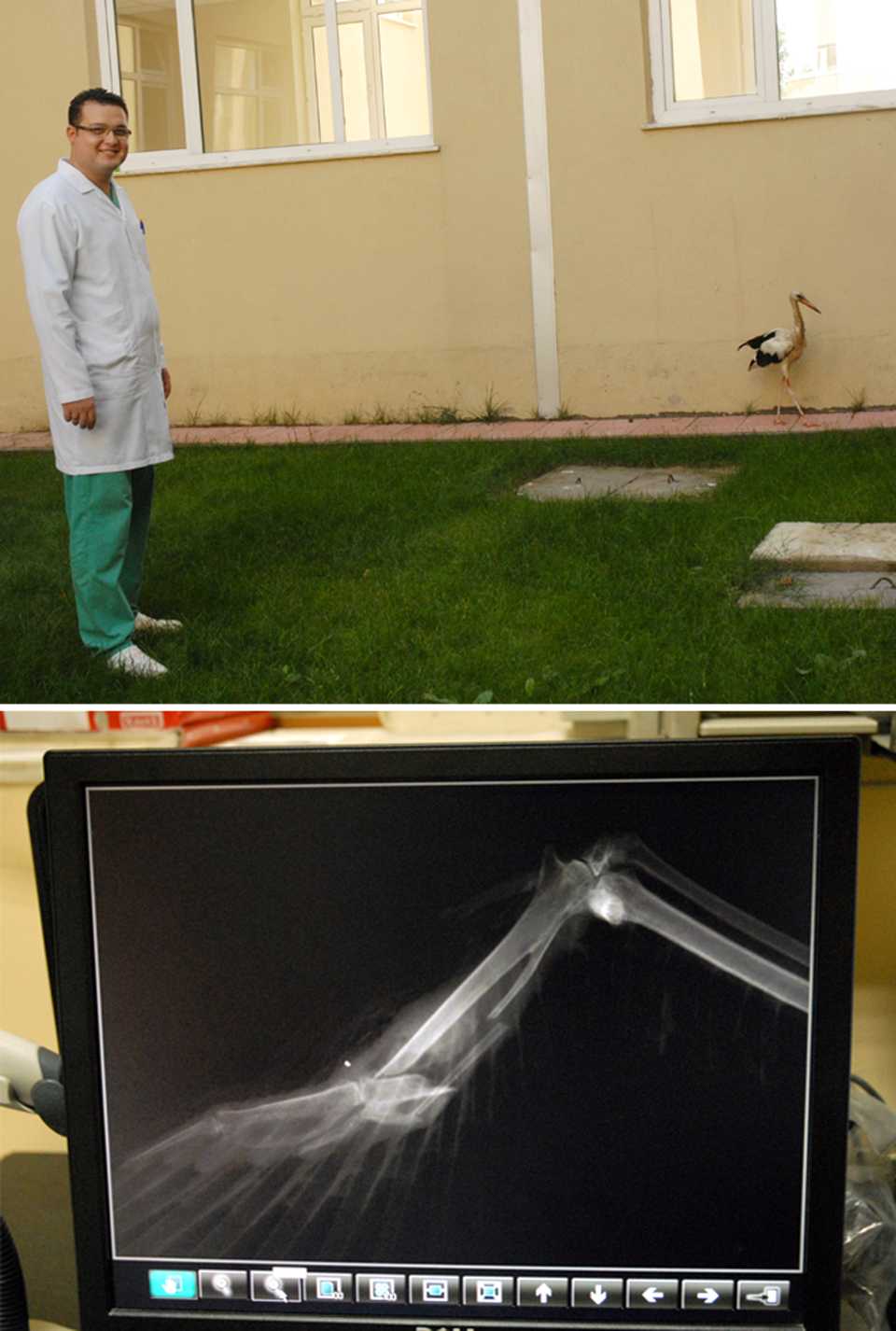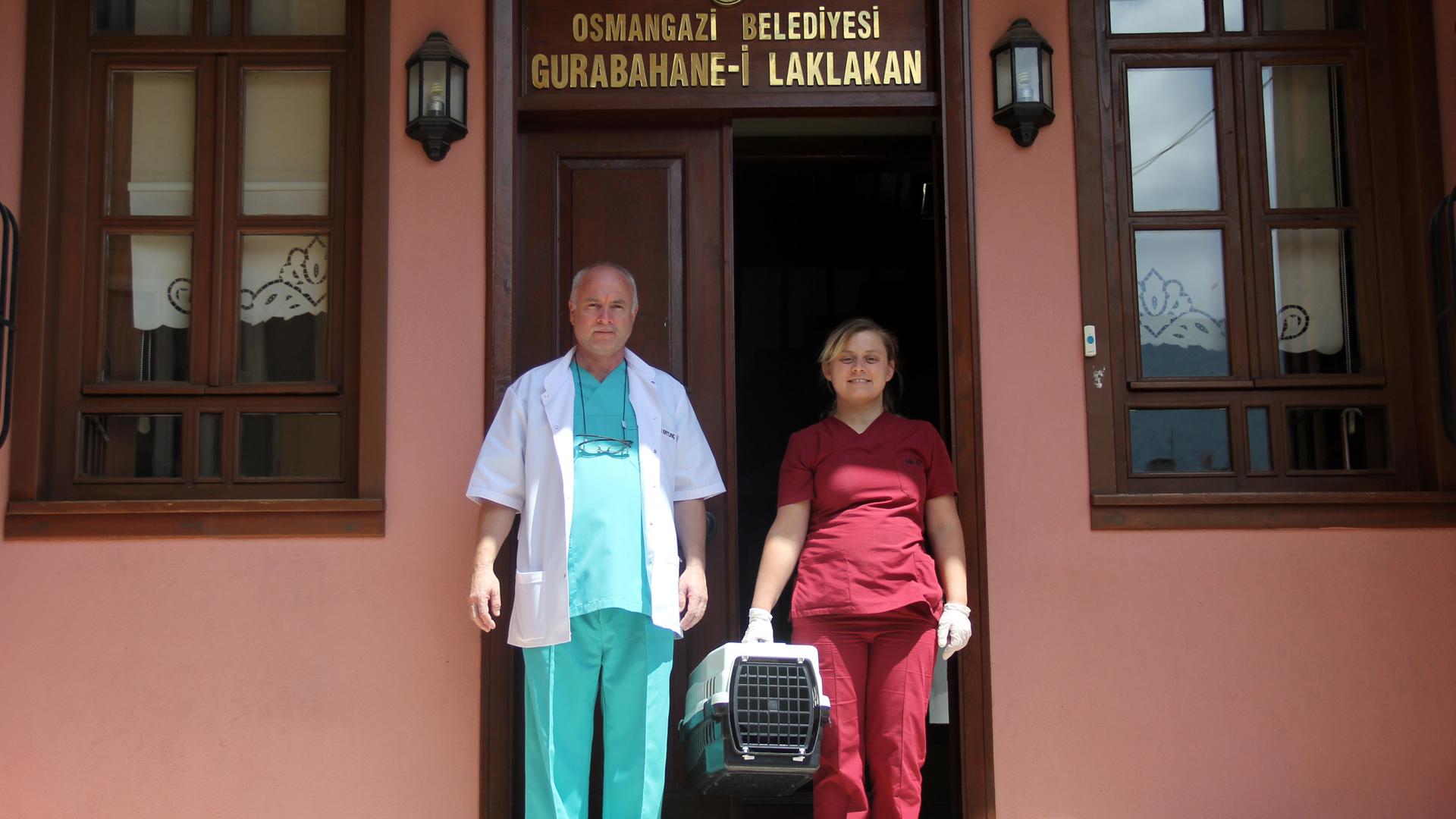As the story goes, there was a nursery in Bursa in the 19th century, during the Ottoman Empire – for storks. Called ‘Gurabahane-i Laklakan’ by author Ahmet Hasim, who mentioned it in his 1928 book with the same title, the hospital tended to migrating birds who were maimed and could not fly.
Hasim writes about an act of kindness by Bursa’s shopkeepers: “In Bursa, there is a square in the midst of Shoemakers’ Bazaar. This square is the care home for disabled animals. Storks with broken wings or legs, senile crows, blind or deaf owls are taken care of thanks to the generosity of the public. An old man hired by the shoemaker shopkeepers for a monthly stipend, who is perhaps a hundred years old and as helpless as the disabled storks he tends to, buys tripe, cleans it, breaks it into pieces and distributes it to these poor birds who have sought refuge in human kindness.”

Gurabahane-i Laklakan, the first and only stork and migratory birds’ hospital in the world, was established in the 19th century in Bursa and was reopened after renovations were completed in January 2010.
The building now serves as a veterinary hospital for two days a week, on Mondays and Thursdays, providing basic care such as injections, vaccinations, and dressing wounds by a veterinarian and technicians.
For more serious injuries and cases, the sick animal is transferred to Osmangazi Municipality Veterinary Works Directorate’s Stray Animals Natural Life and Care Centre.
The other days of the week, the building serves as a photography workshop, operated by Bursa Photography Artists Association (Bufsad) and Osmangazi Photography Amateur Group (Osfat).

A conflicting source says the Gurabahane-i Laklakan building was never a stork hospital but was the personal efforts of a Mr Gregoire Baille, and that the real stork nursery was the one in the Bursa Shoemakers’ Bazaar.
According to this account, based on Hasim’s writings, the then French Vice Consul Gregoire Baille tells Hasim “Here is Gurabahane-i Laklakan. You should know this that this corner of my garden is really where my dreams have come true. The last days of my life are spent in quietude and dreams in these shabby three rooms and the corner of a garden that surrounds them. I come here at every opportunity. Even my wife doesn’t accompany me here, in this place of solitude my only companions are maimed and old storks,” before he segues into the tale about the Shoemakers’ Square.
Dr Ceyhun Irgil, the author of the article, says the so-called hospital is limited to a small part of the garden of the French Consul and the two storks that Baille is looking after. Whereas at the Shoemakers’ Bazaar the Bursa shopkeepers have truly shown a real effort by collecting money amongst themselves and hiring someone to feed the birds daily.
Whichever account is true, it remains that during the Ottoman era animals were well cared for, and storks had their day in Bursa.











Discussion about this post